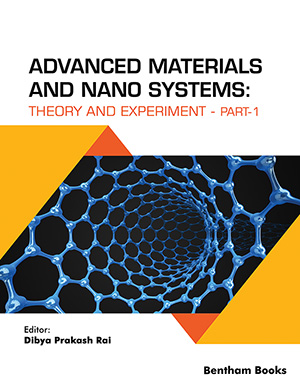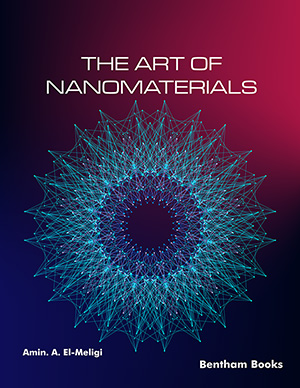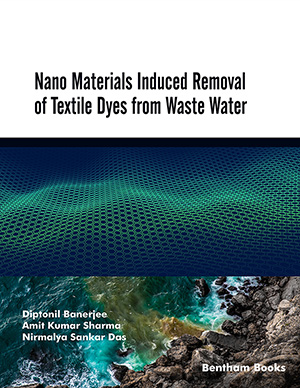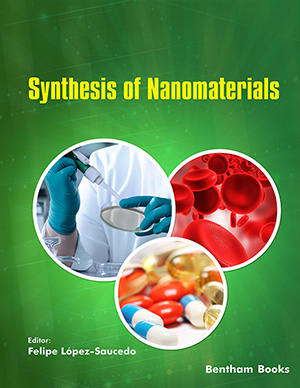Abstract
The broken, ripped or crumbled area of the skin occurr due to laceration, abrasion, incision or excision is called a wound. Speedy and proper wound healing is very important for all types of wounds in order to restore the cosmetic appearance of the skin. Wound healing process is a dynamic and intricate cascade of different steps, including the initiation and termination of numerous cellular mediators. A wound dressing is a germ-free patch or mat placed at the wound site to expedite the healing process and protect the wound from further trauma and infection. A wound dressing patch or mat consisting of antimicrobial drug-loaded polymeric nanofibers (NFs) is an advanced type wound dressing which furnishes several benefits that are usually expected from an ideal wound dressing. Electrospinning methodology is a promising strategy to obtain antimicrobial drug-loaded polymeric nanofibers. Then, these nanofibers are characterized for the drug release, shape and surface quality, ability to endure mechanical shocks, antimicrobial activity, and in vivo wound healing effectiveness. Moreover, histopathological explorations might be accomplished in order to assess the actual progress of the healing process in the wound. In particular, the development of a wound dressing using antimicrobial drug-loaded electrospun polymeric NFs is an excellent approach to accomplish speedy healing of wounds and restoration of the skin.
Keywords: Antimicrobial, Electrospinning, Nanofibers, Polymers, Wound, Wound Dressings, Wound Healing.




















